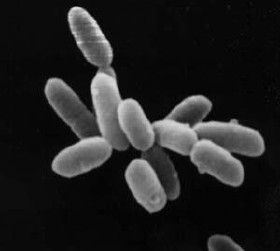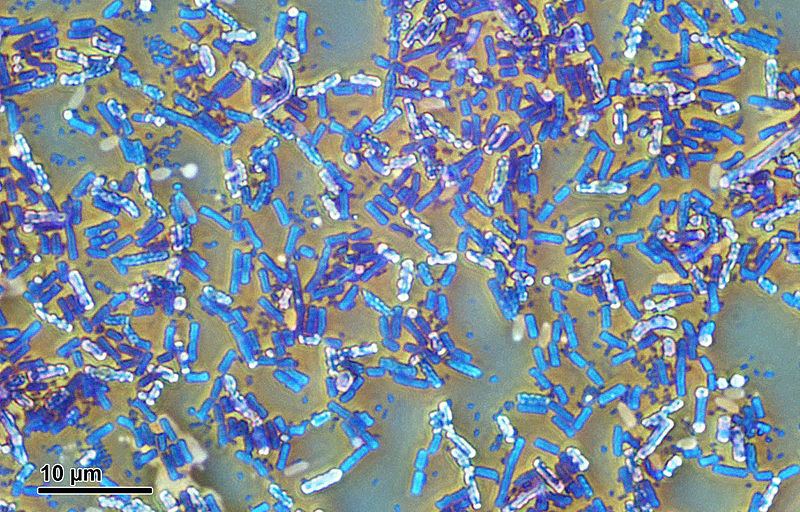Key Difference – Archaebacteria vs Eubacteria Cell Wall
Bacteria are the largest group of prokaryotes found in many habitats in natures, some of which are extremely harsh conditions, such as hot-vents, hot sulfur springs, etc. All the bacterial species are unicellular, but may occur as groups of cells. Bacteria lack a nucleus and membrane-bounded organelles. Their genetic material is a circular DNA with no histones on it. They have various physiological activities, which enable them to survive on the widest range of substrates. Based on their biochemical differences, bacteria are divided into two groups; archaebacteria and eubacteria. Archaebacteria are very ancient organisms that have some unique characteristics, and they differ from eubacteria in the composition of the cell wall, membrane constituents, and properties related to protein synthesis. Gram-positive eubacteria and archaebacteria possess very simplest cell walls, which are thick and made up of 90% peptidoglycan, whereas Gram-negative bacteria have a complex multi-layered cell wall with thin peptidoglycan layer (about 10% of the cell wall) in their cell wall. Therefore, cell wall composed of peptidoglycan is extremely useful to identify certain types of bacteria through Gram staining method. The key difference between archaebacteria cell wall and eubacteria cell wall is the lack of muramic acid and D-amino acids in the cell wall of archaebacteria. Also, there are some other structural and chemical composition differences among the cell wall of these two groups. In this article, the differences between cell wall of archaebacteria and eubacteria are discussed in detail.
Archaebacteria Cell Wall
Archaebacteria is the most ancient group of bacteria that has the ability to survive in many extreme and inhospitable environment in nature. There are three categories of archaebacteria; methanogens, halophiles, and thermoacidophiles. Archaebacteriapossess some unique characteristic features, which make them differ from eubacteria. Among these differences, the most noticeable are the cell wall composition. Unlike in eubacteria, archaebacteria do not contain muramic acid and D-amino acids in peptidoglycan. Their cell wall is composed of proteins, glycoproteins or polysaccharides. A few genera of archaebacteria possess cell wall made up of pseudomuerin, which has the same structure of eubacterial peptidoglycan, but still differs in chemical composition.

Eubacteria Cell Wall
Eubacteria are phototrophic, chemotrophic or heterotrophic organisms that show a wide range of metabolic activities. Their cell wall is composed of N-acetylmuramic acid and N-acetylglucosamine, with amino acid linkages.

What is the difference between Archaebacteria and Eubacteria Cell Wall?
Composition:
Archaebacteria cell wall: Archaebacteria cell wall does not contain muramic acid and D-amino acids.
Eubacteria cell wall: Eubacteria do have these two components with peptidoglycan.
Image Courtesy:
1. Halobacteria – Archaea By NASA [Public Domain] via Wikimedia Commons
2. Eubacteria (26 2 87) Bacillus subtilis; spores stained green By Doc. RNDr. Josef Reischig, CSc. (Author’s archive) [CC BY-SA 3.0], via Wikimedia Commons
ncG1vNJzZmivp6x7pbXFn5yrnZ6YsqOx07CcnqZemLyue8OinZ%2Bdopq7pLGMm5ytr5Wau26t0Zyfmp2SlrC1sdGimGaZnpl6t7%2BMnqybmZOpsrO1wGaanqScYsSiuMto